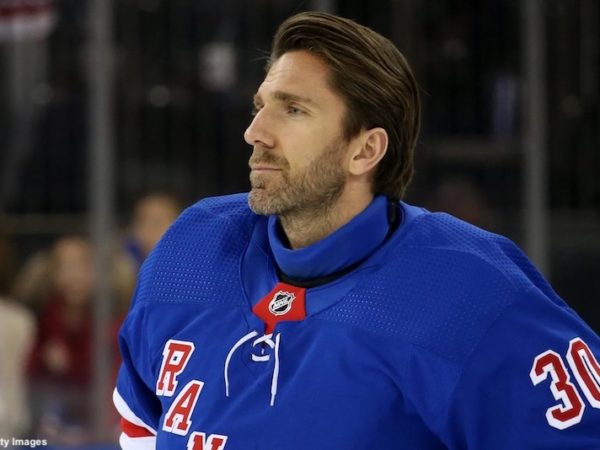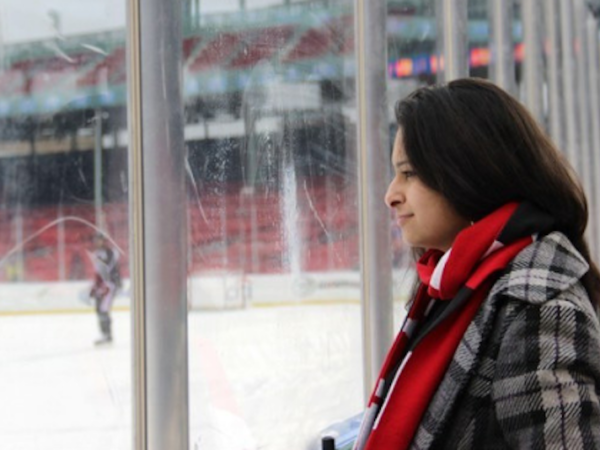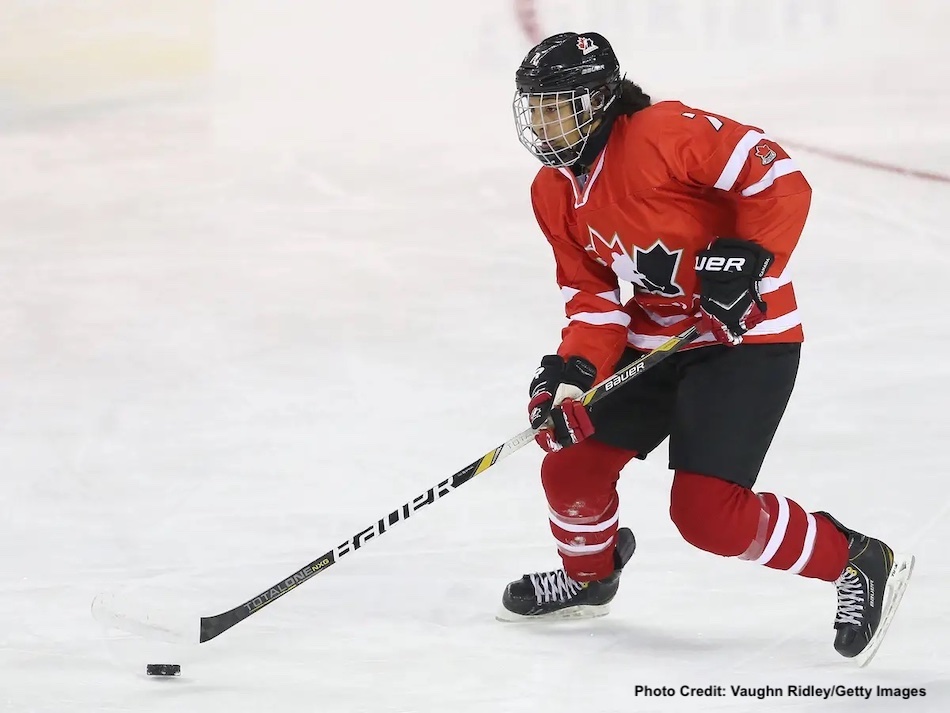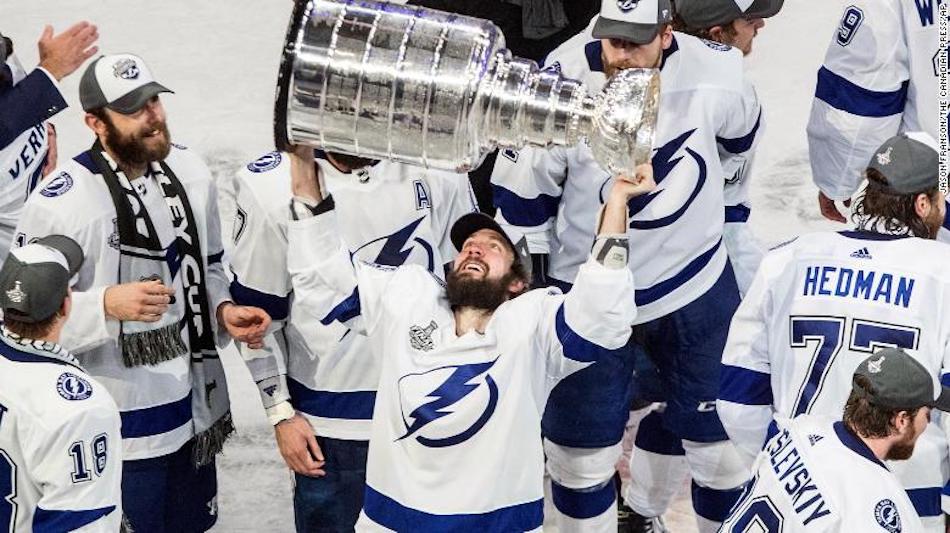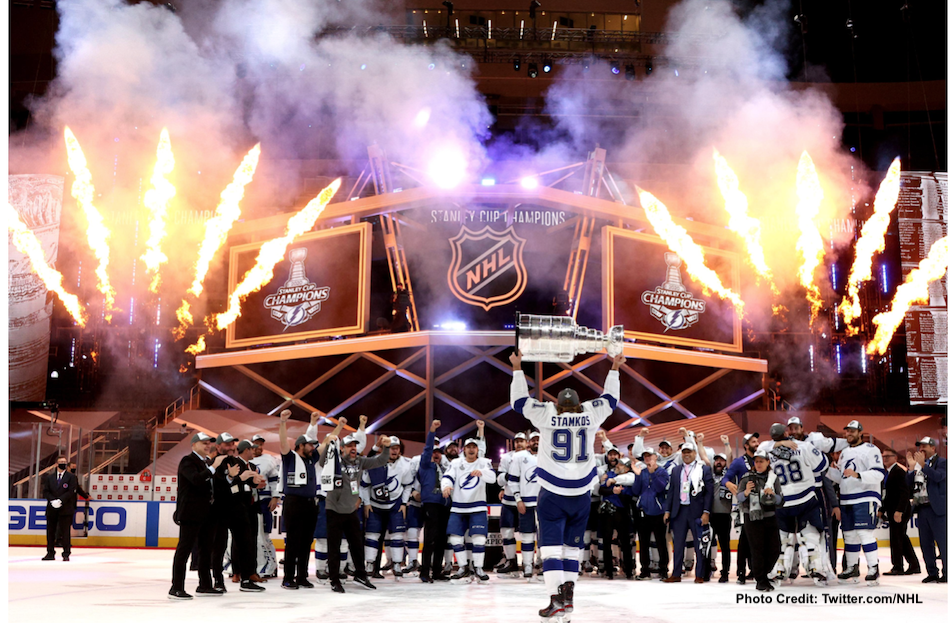A big aspect of the NHL’s general managers fall meeting on Tuesday focused around the idea of ‘goal scoring.’ In all, the NHL and the GMs both want more goals.
This season there is an average of 5.32 goals of every game played so far this season; this is down from last season’s average which was 5.46. The average of goals has been decreasing each season.
During discussion on how to increase scoring and scoring chances, the GMs discussed adjusting the size of goalie equipment, later even discussing the opportunity to increasing net size.
“We are going to wrap out heads around that,” said Florida Panthers GM Dale Tallon during the meeting. “If it is goaltender equipment or if it is bigger nets, if it is the style of play, those types of times.”
This discussion will serve as a foundation for the general manager’s second meeting that will take place in March in Florida, where they will discuss what the next move in correcting this situation will be.
Colin Campbell, the NHL senior executive president of hockey operations said that he doesn’t believe goal scoring is the bigger issue, but the opportunity to generate goals to tie up games.
“I don’t think the game needs more goals, I think the game needs more opportunity for lead changes,” Campbell said at the meeting. “If you go down one or two goals, even three, you need the opportunity to come back. The game shouldn’t be over.”
Campbell has also said that the general managers, owners, and the NHLPA have all signed an adjustment that will allow the league to adjust the size of goalie equipment for next season. The exact changes that would be made are still undetermined.
If readjusting the size of goalie equipment, like shortening the goalie pad lengths for the 2013-14 season, does not generate the kind of goal scoring opportunities the league wants, they will then turn to increasing net size as a last resort.
As for other changes made, the general managers were pleased with their overtime changes for this season.
The change for the season, for the 3-on-3 format for overtime, was interpreted by the general managers as a positive change. So far, 70 percent of the games that have gone to overtime have ended in overtime, rather than progressing to a shootout. This percent has grown drastically from last season’s 44.4 percent.




